Amanyangyun, Shanghai: Enjoying history in luxury
A newly opened luxury resort is the product of extraordinary conservation project. It offers visitors an intriguing insight into Chinese culture, as John Goodall explains.


Just as China is changing the world, so is it no less certainly in the process of profound change itself. A country that in the recent past has so ruthlessly destroyed its cultural heritage is now showing an interest in its history. At least that is the hopeful message of an extraordinarily ambitious project that improbably combines an interest in ecology with cultural proselytism, commercial development and the opening of a new luxury resort and hotel.
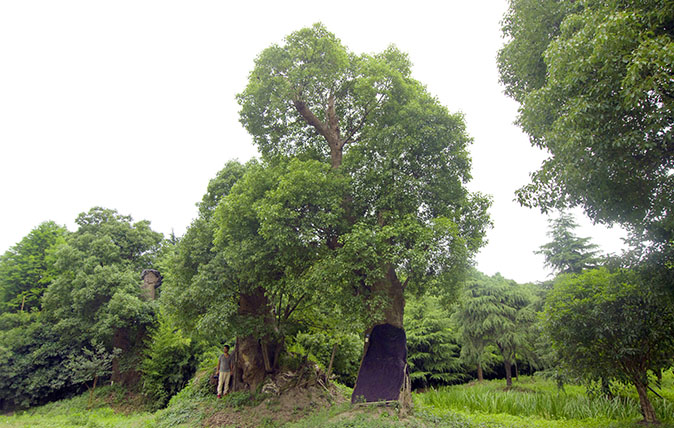
In the spring of 2002 the businessman and real estate entrepreneur, Mr Ma Dadong, made a brief visit to his parents at his home village in Fuzhou, Jianjxi Province. Serendipitously, his arrival coincided with the decision by the government to create the Liaofang Reservoir in the locality. Clearance of the land that was to be submerged by the project was already underway. Mr Ma was particularly shocked to see the destruction of ancient camphor trees, an evergreen species of laurel that can live over a thousand years.
So Mr Ma came to an agreement with the government to move the camphors from the area of the new reservoir. With the help of many experts including foresters, biologists and engineers he removed over 10,000 trees from the threatened area. Prior to uprooting them, the branches and leaves were removed. Even so, the largest specimens individually weighed between 30 and 50 tonnes.
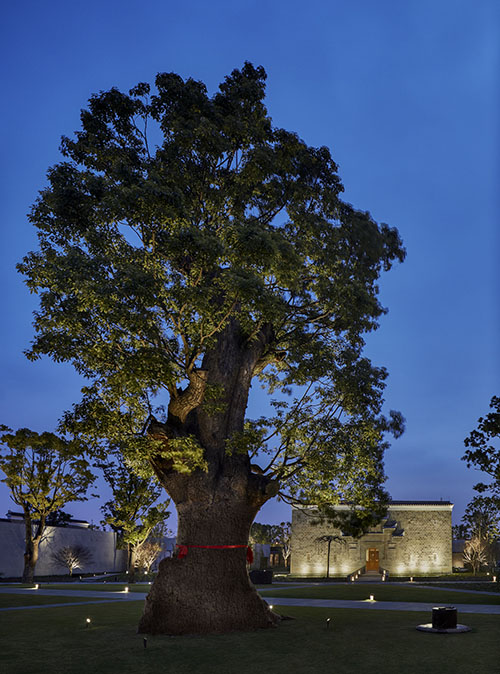
This vast undertaking required the construction of temporary roads and bridges and also, in case of one particularly large and ancient camphor, the partial destruction of a motorway toll booth that was too narrow to accommodate it. All the trees were quickly replanted in earth mixed with native soil and 80 percent survived the transfer.
Meanwhile, the project of rescue grew more ambitious. The area of the new reservoir was also unusually dense with residences from the Ming and Qing dynasties (1368-1911). So Mr Ma recorded and dismantled 50, including one school building, to save them from destruction and inundation.
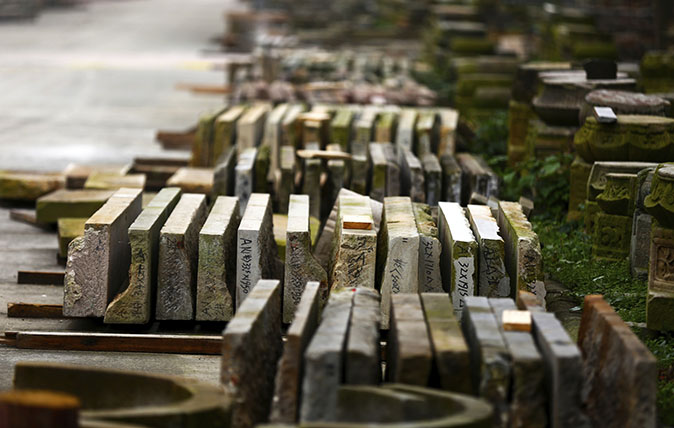
From the information available in English, it’s hard to understand exactly the condition of the buildings in their original setting. What is clear, however, is that the majority of them were freestanding and constructed of a distinctive combination of cut stone and large bricks. Internally, they were elaborately framed with open roofs supported on slender columns of timber. Many of the buildings were in poor condition, some had been defaced during the Cultural Revolution and little, it seems, was known about their specific history.
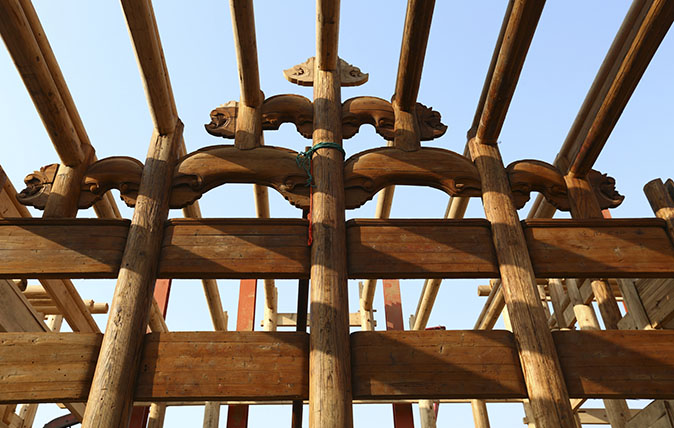
They followed a common plan: each was entered through a single doorway, decorated with an inscription or aphorism, in the centre of the main front. This opens onto a screened lobby, which opens into an entrance courtyard, closed on the far side by a hall range. Beyond the hall was a second courtyard enclosed with bed chambers and private reception rooms.
Exquisite houses, the beauty of Nature, and how to get the most from your life, straight to your inbox.
The sense of progression through these buildings, and the relative importance of each interior, was underlined by a gradually rising floor level, each space raised up a step above the last. Typically, the interiors were lit either from light borrowed from the internal courtyards or through small external windows filled with carved stone screens.
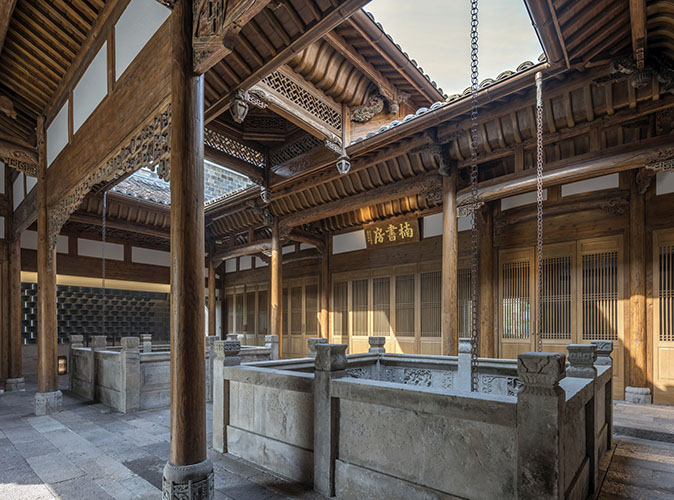
It was decided that the salvaged buildings and trees should be reunited on a large plot of land on the outskirts of Shanghai, about 700 km away. It made sense for the houses to be modernized in the course of their reconstruction, and in 2005, by way of an experiment, the first was erected. Mr Ma now occupies this building as a house.
Soon afterwards, in 2007, he went into partnership with the afternoon luxury hotel chain, Aman, which seeks to celebrate local culture in its hotels around the world. Together, and with the oversight of Kerry Hill Architects and, they devised a mixed development of ancient and modern architecture, incorporating the rescued buildings and trees.
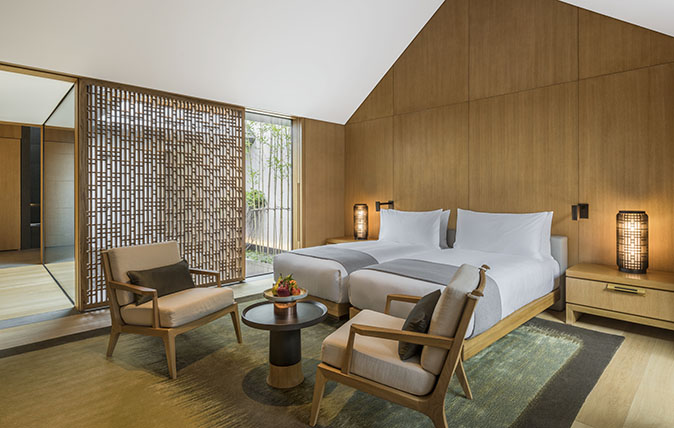
Twelve of the rescued buildings have so far been reconstructed. Each stands in its own garden compound designed by Dan Pearson Studio that includes a swimming pool. Every compound has associated modern service areas and additional accommodation. There are besides 18 new houses planned in a similar way, built using Hebeihei granite.

Half of these buildings will be sold as private houses, each provided with an art gallery, cinema and wine cellar. They can also take advantage of the facilities that allow the remainder to operate as a luxury hotel. The buildings within this complex are linked by covered corridors and include two restaurants (one Italian, the other Japanese) a smoking room, a shop and a spa. The hotel formally opened in April and it is now interconnected with a third, cultural project.
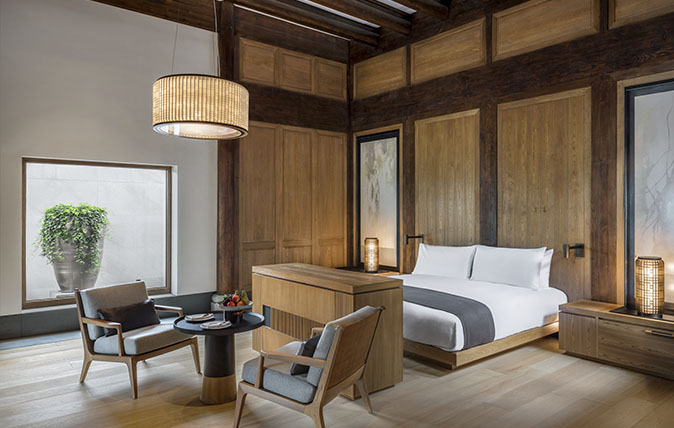
The experts advising Mr Ma on the removal of the trees brought to his attention the existence of a valuable timber available as architectural salvage. Jinsinan—Golden-thread Namnu—was highly prized for its clean growth, beautiful grain and scent, which also made it resistant to insects. Such was the enthusiasm with which it was harvested, that stocks of the timber were rapidly depleted and by the late 18th century it was reserved specifically for the use of the Emperor alone. The tree remains extremely rare and it is now illegal to cut it.
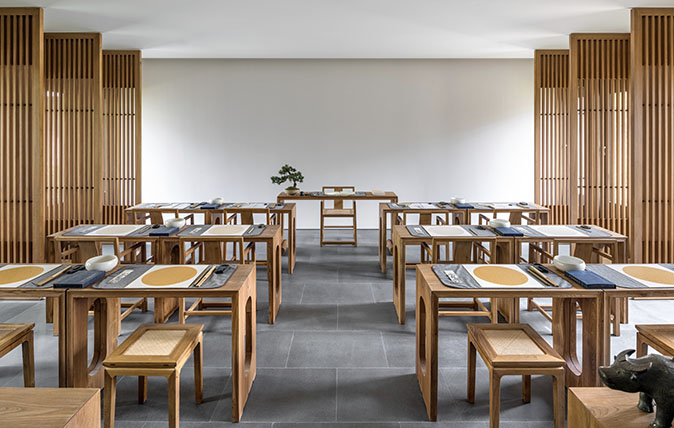
In its native region, however, the timber had been widely used in historic buildings and large stocks of it survived unrecognized in demolition yards. So Mr Ma now bought up these stocks and set up a factory to make reproduction furniture based on rare surviving examples from the Imperial court. These reproductions are for sale and have also been used to furnish a series of rooms attached to the hotel that form what might be described as a cultural centre with rooms for holding the tea ceremony and for calligraphy classes.
Prices start from £551 for a Ming Courtyard Suite, for further information please visit www.aman.com.
Things to do
Central Shanghai is about 30km from the hotel. The distance and the traffic mean that it’s most sensible to plan day visits to the city centre and its attractions. These include the waterfront called the Bund. It preserves an imposing frontage of early 20th century buildings and enjoys views across the financial district and its high-rise buildings, which are spectacularly illuminated at night. The French Concession is an attractive area to walk around and the Shanghai Museum has rich collections.
Hangzou is a celebrated university city about an hour from Shanghai by train. In a tea growing area on the outskirts of the city is another resort in the Aman group, Amanfayun, created out of the historic buildings of a village and surrounded by tea fields.
The resort stands in easy walking distance of the Lingyin Temple and its associated rock-cut sculpture, one of several important Buddhist sites in the area. It’s also close to West Lake, a waterscape long celebrated in Chinese art and poetry.

Credit: Relais de Chambord
Le Relais de Chambord: The hotel in the shadow of a masterpiece
A new hotel opens on the grounds of the Châteax de Chambord, allowing visitors to bask in the glory of

Château de Chambord: A jewel and its setting
An ambitious garden re-creation complements the architecture of perhaps the most celebrated château on the Loire and has linked it
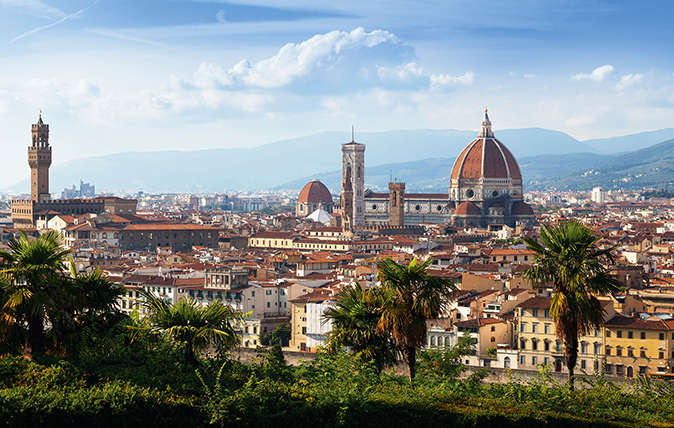
Florence: The destination for an art lover
Emma Hughes visits the Tuscan capital.
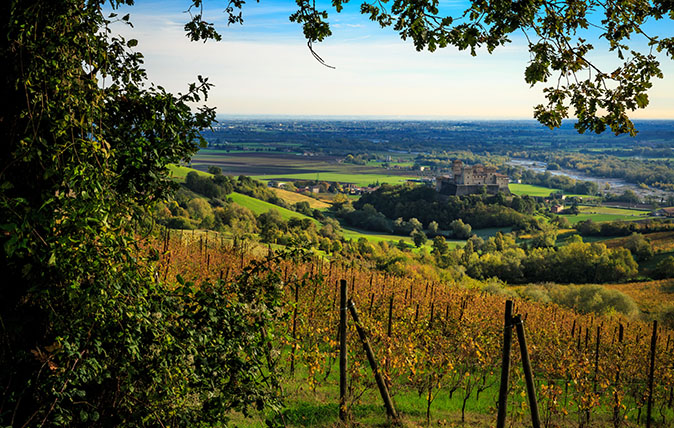
Credit: Alamy Stock Photo
A foodie tour of Emilia Romagna, where Parma ham and proper Parmesan are washed down with Lambrusco
The real Parmesan cheese, true Parma ham and Traditional Balsamic Vinegar, all confined to one region of production. Alexandra Fraser
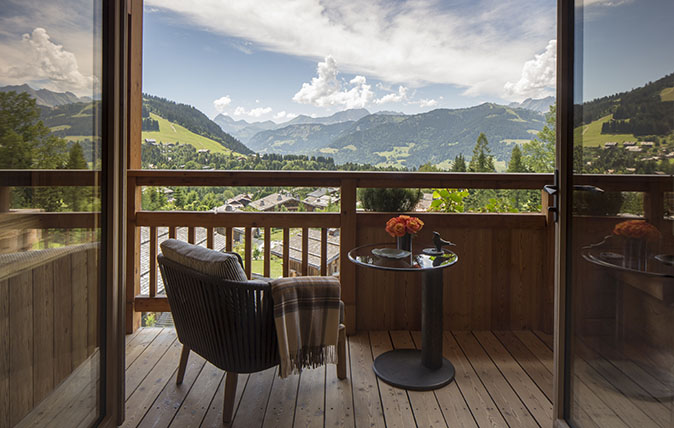
Credit: Richard Waite
Four Seasons Hotel, Mont d’Arbois: Horse-drawn sleighs, panoramic views and Michelin star dining
Minty Clinch explores the wonders of the Rothschild's latest addition to their ski and golf empire on Mont d'Arbois: a

John spent his childhood in Kenya, Germany, India and Yorkshire before joining Country Life in 2007, via the University of Durham. Known for his irrepressible love of castles and the Frozen soundtrack, and a laugh that lights up the lives of those around him, John also moonlights as a walking encyclopedia and is the author of several books.
-
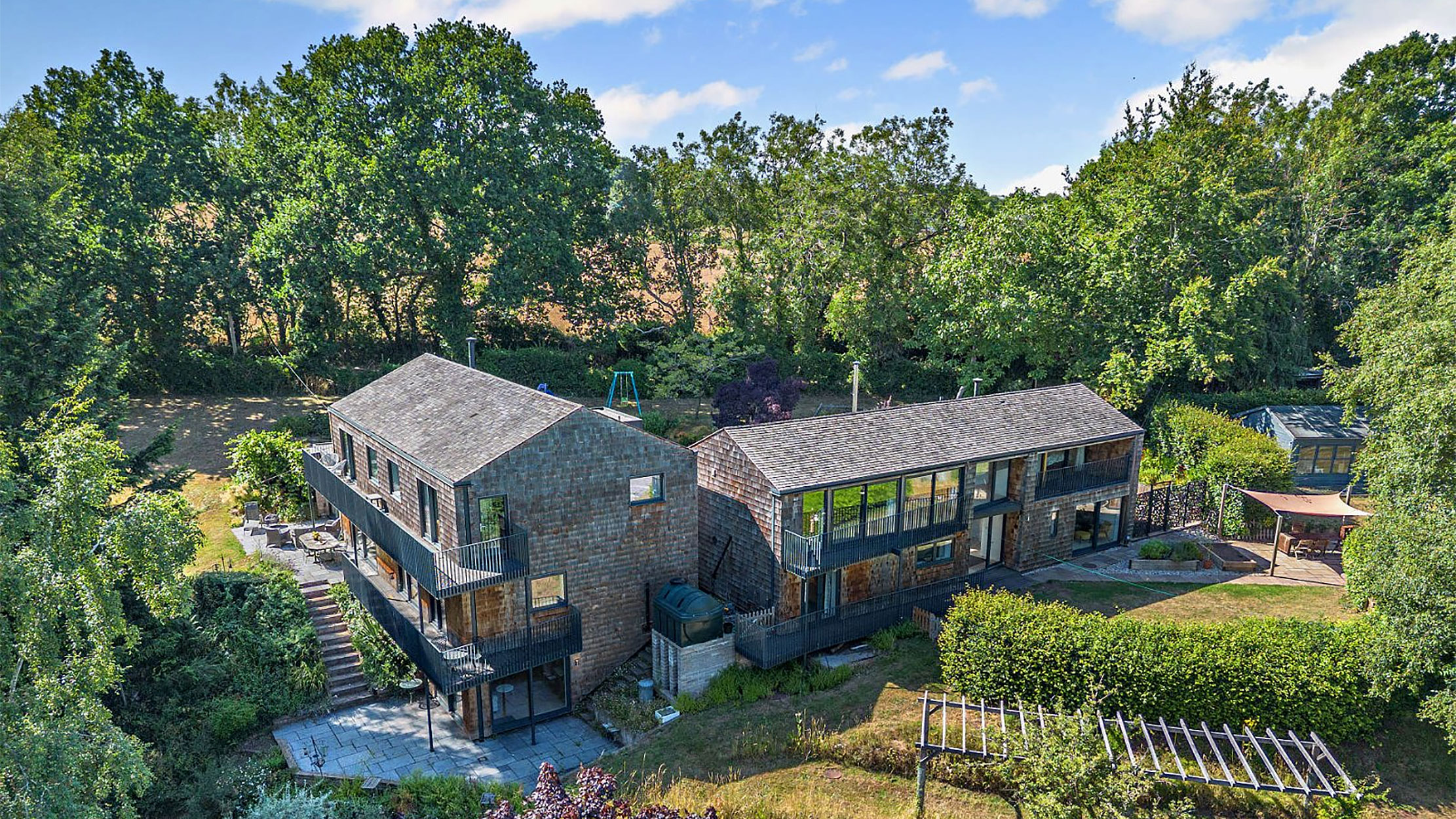 A country home that comes with a perfect lifestyle business: one of Britain's oldest vineyards
A country home that comes with a perfect lifestyle business: one of Britain's oldest vineyardsAstley Vineyard in Worcestershire, and the lovely house that it comes with, are looking for a new owner.
-
 Making space in a Georgian terraced Chelsea cottage
Making space in a Georgian terraced Chelsea cottageGuy Goodfellow removed an internal wall to transform the sitting room of this Georgian terrace
-
 53 years ago, a Wren masterpiece was replaced with a glorified roundabout. We must not make the same mistake again
53 years ago, a Wren masterpiece was replaced with a glorified roundabout. We must not make the same mistake againThe plans to rid Christ Church Newgate Street of traffic should be cause for celebration — but a mistake as bad as the one made in the 1970s is about to happen, says Ptolemy Dean.
-
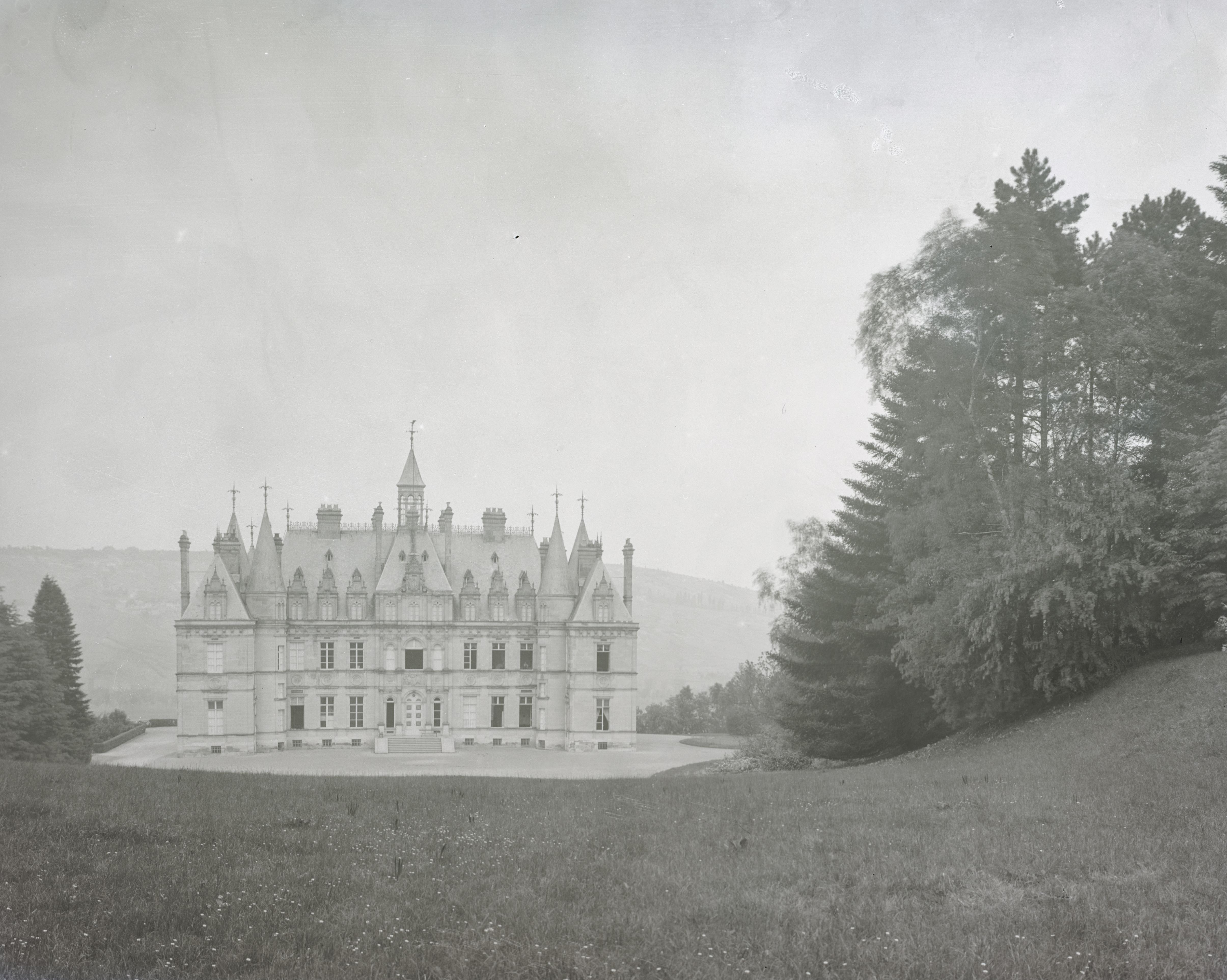 Ten of the most exquisite French châteaux, photographed for Country Life in 1906 and still standing today
Ten of the most exquisite French châteaux, photographed for Country Life in 1906 and still standing todayIn the early 20th century, Country Life commissioned Frederick H. Evans to photograph some of France's châteaux. Here are some of his efforts.
-
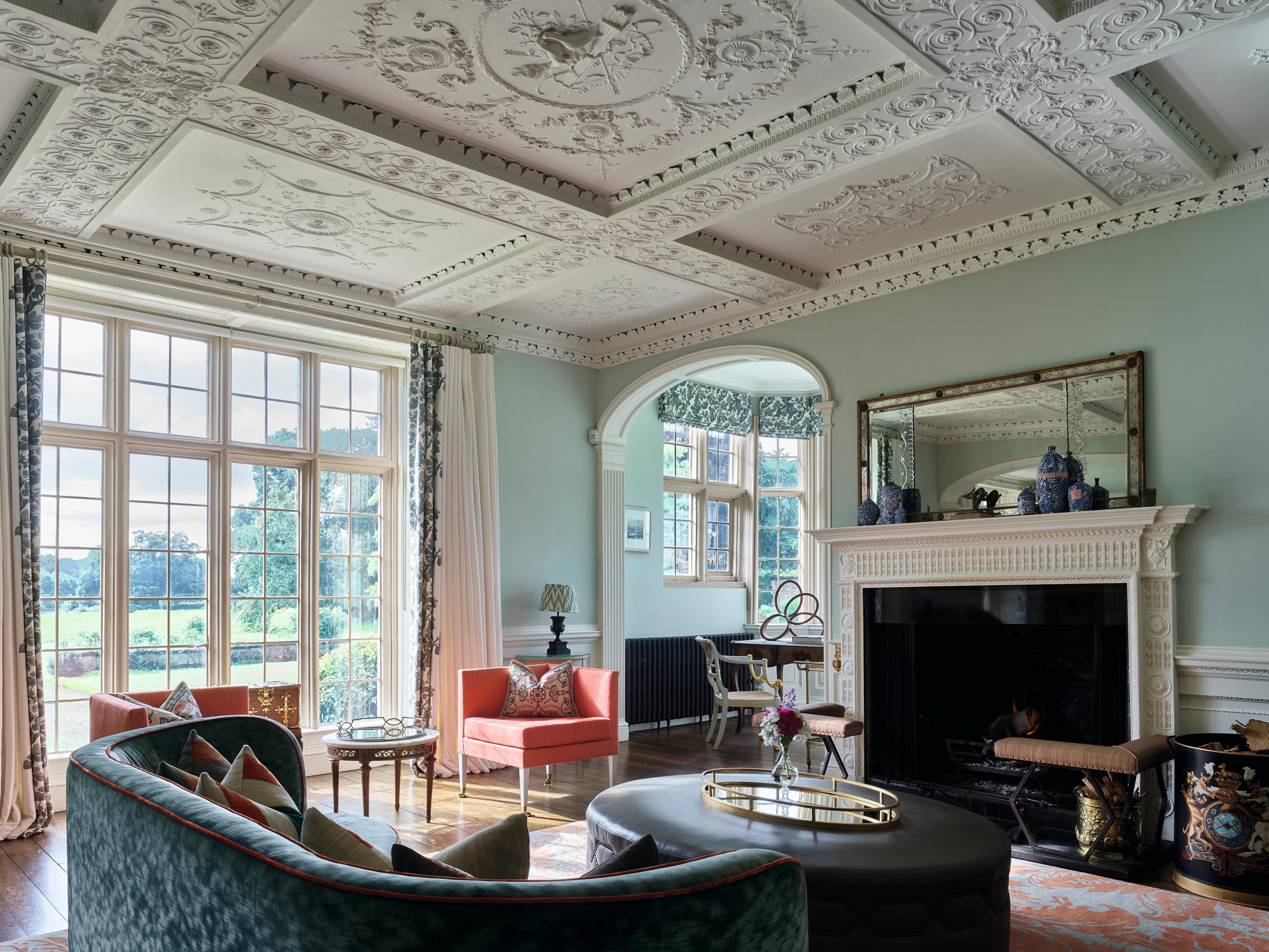 War, ruin and renaissance: Dorfold Hall's 400-year journey through the ages
War, ruin and renaissance: Dorfold Hall's 400-year journey through the agesJohn Goodall describes the antiquarian rediscovery of Dorfold Hall, Cheshire — home of Charles and Dr Candice Roundell — and the recent spectacular renewal of this important Jacobean house. Photographs by Paul Highnam for the Country Life Photo Library.
-
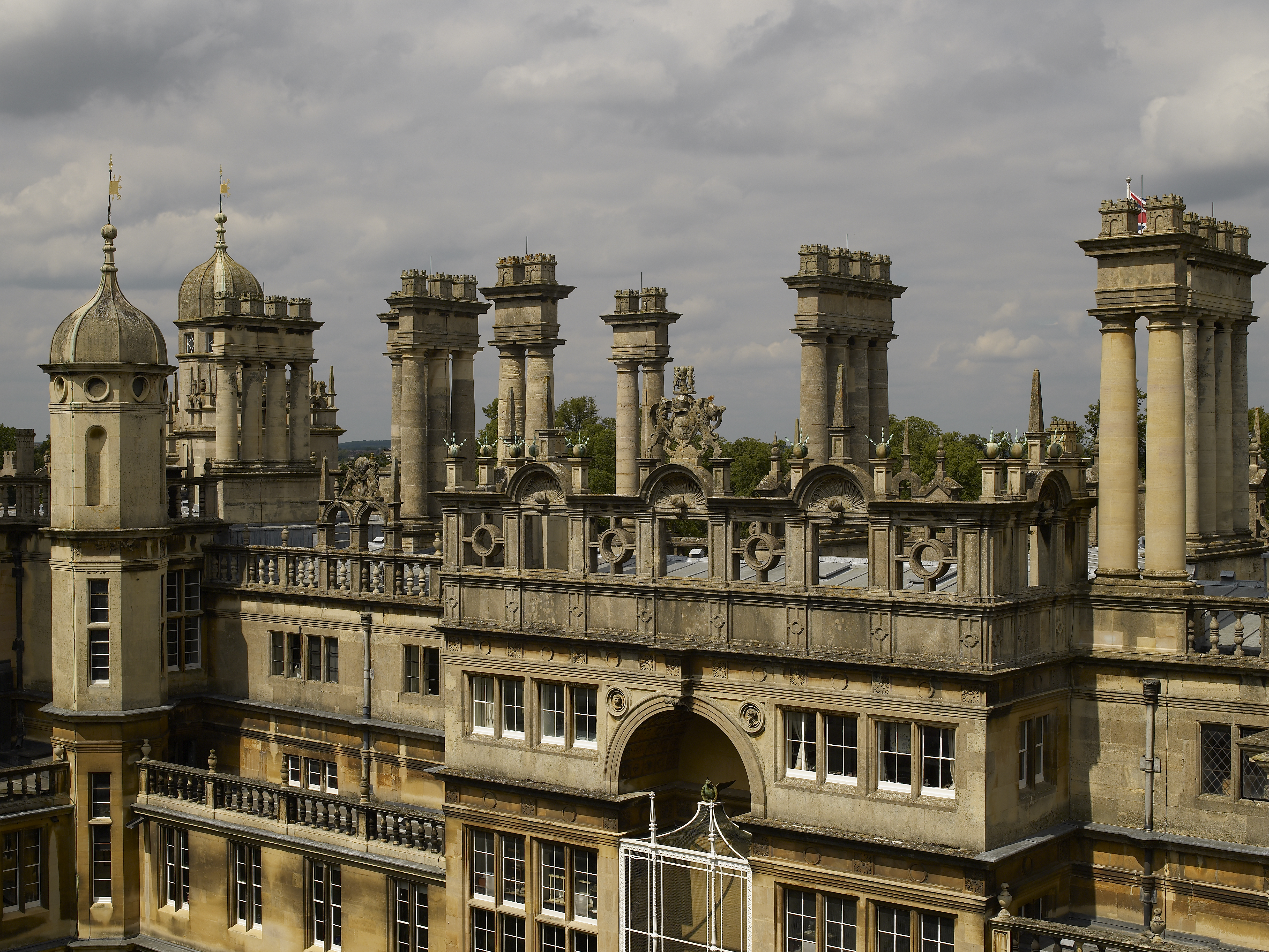 All fired up: 12 of our favourite chimneys, from grand architectural statements to modest brick stacks, as seen in Country Life
All fired up: 12 of our favourite chimneys, from grand architectural statements to modest brick stacks, as seen in Country LifeNothing says winter like a roaring fire, and plenty of the houses that we've photographed for the magazine's architectural places have fireplaces and chimneys worth boasting about.
-
 Dorfold Hall: The 'most neat and beautiful house of brick' that owes its existence to a desperate effort to secure succession
Dorfold Hall: The 'most neat and beautiful house of brick' that owes its existence to a desperate effort to secure successionDorfold Hall in Cheshire is an outstanding Jacobean house, but was an unexpected product of dynastic disappointment. John Goodall examines the remarkable circumstances of its construction; photographs by Paul Highnam for Country Life.
-
 Only a handful of Britain's great houses were photographed by Country Life in a ruinous state. This once splendid Gothic castle is one of them
Only a handful of Britain's great houses were photographed by Country Life in a ruinous state. This once splendid Gothic castle is one of themThis is the tragic tale of Tong Castle, a once great Georgian-Gothic castle that was eventually consumed by Nature.
-
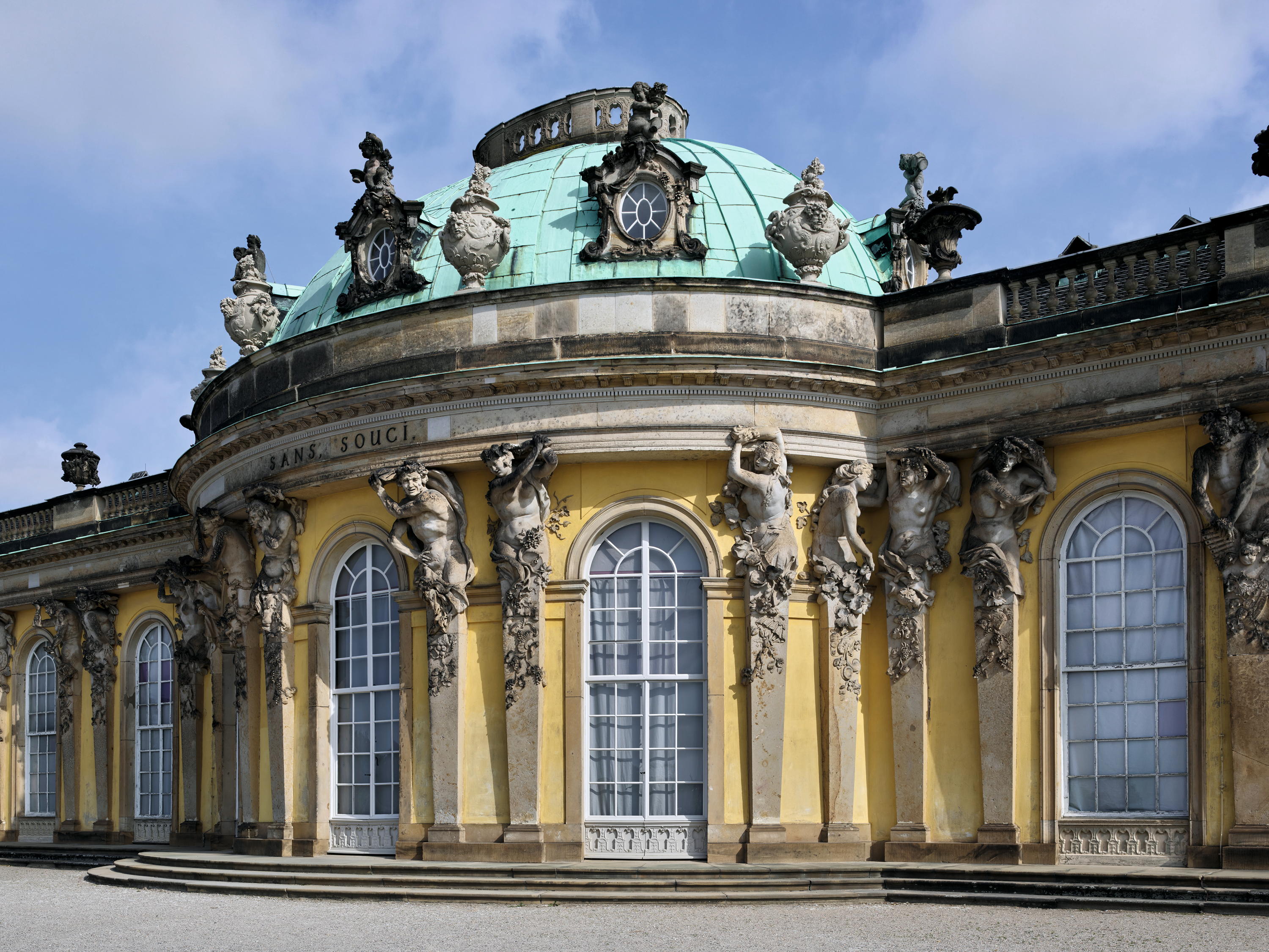 The Rococo jewel nestled into vineyard terraces that's a visual index of 'a king’s Enlightenment belief in knowledge, cultivation and the civilising power of Nature'
The Rococo jewel nestled into vineyard terraces that's a visual index of 'a king’s Enlightenment belief in knowledge, cultivation and the civilising power of Nature'A summer picnic in 1743 prompted Frederick the Great to create a retreat for himself outside his capital at Berlin. The result was the creation of Schloss Sanssouci in Brandenburg, as Aoife Caitríona Lau explains.
-
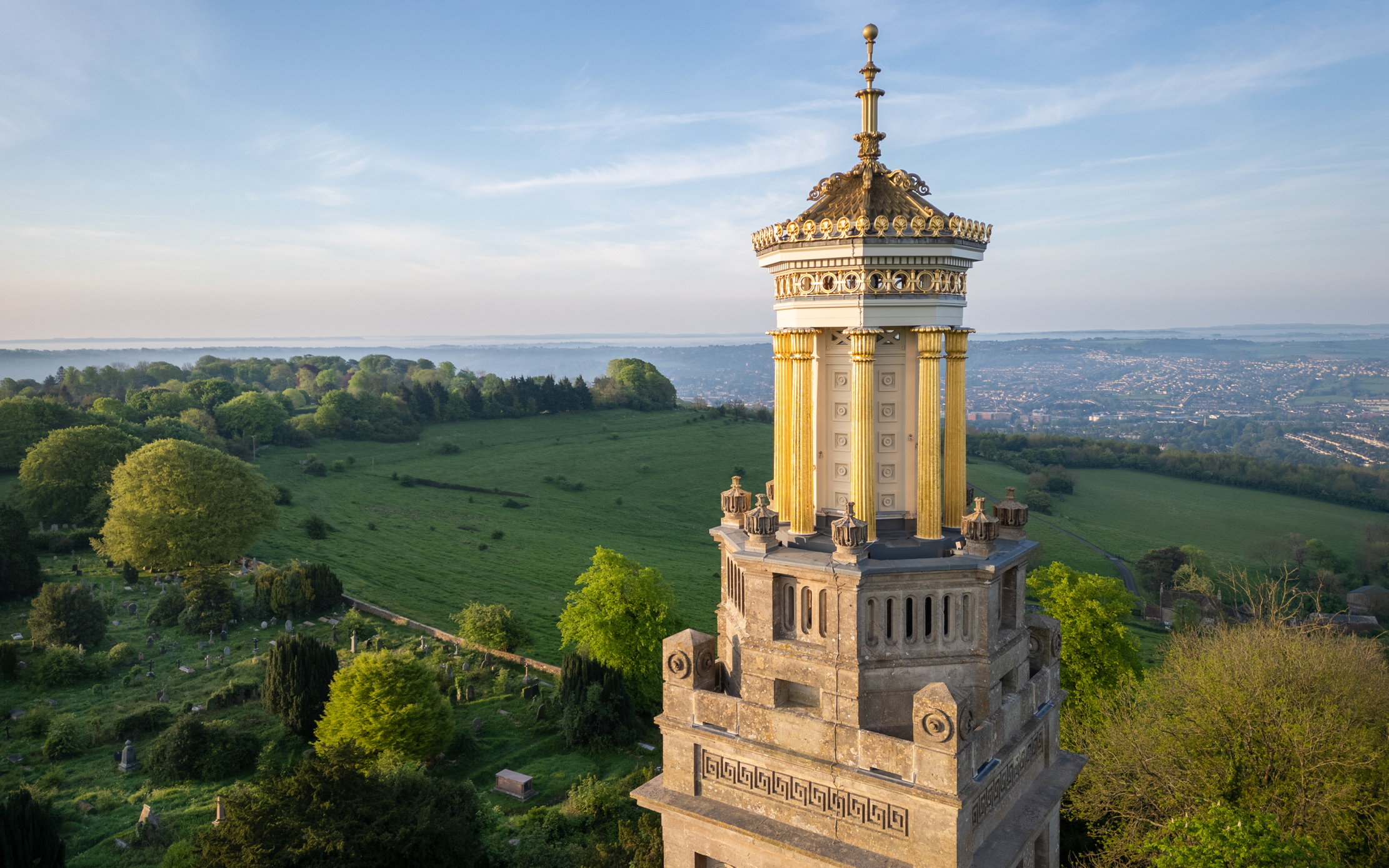 Best in class: This year's Georgian Group Architectural Award winners revealed
Best in class: This year's Georgian Group Architectural Award winners revealedThe Georgian Group’s Architectural Awards, sponsored by Savills, attracted another outstanding crop of entries this year. We reveal the winners, as chosen by a panel of judges chaired by Country Life's Architectural Editor, John Goodall.